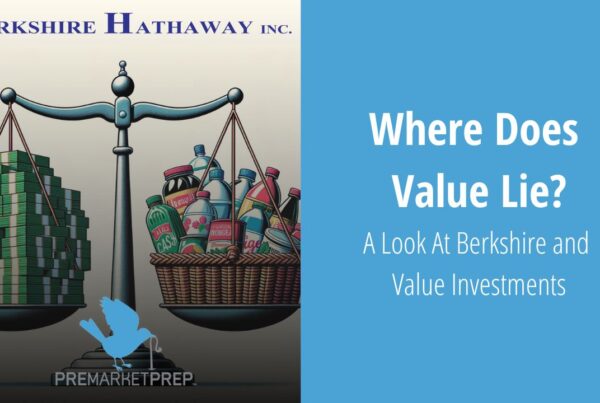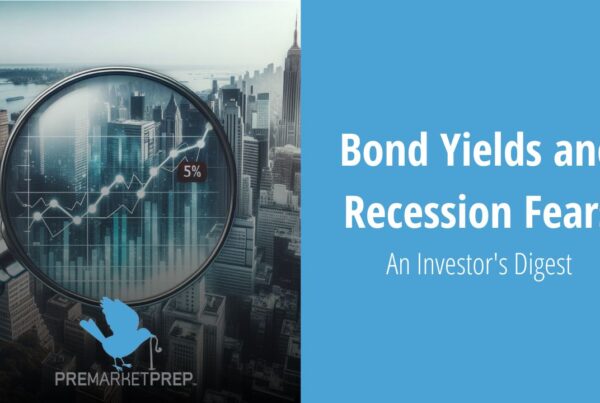On a The Closing Print, Dennis (DDD) Dick shared a vivid case study about his trading strategy on Kellogg’s (NYSE: K) stock. This followed an upgrade of the company by Goldman Sachs which, in his view, was misguided and presented an excellent opportunity for profit. Dennis explained his approach, which involved observing a buy imbalance and placing strategic short opening-only orders on the stock, giving an in-depth insight into the application of advanced trading techniques in a real-world situation. This article will dissect his trading strategy and provide an understanding of how he navigated the Kellogg’s case.
The Trade Setup
Dennis noted that Goldman Sachs had upgraded Kellogg’s, a decision he disagreed with, considering the consumer staple argument and only a 3.54% dividend. The bull case was set at $83, which didn’t make sense to him. Moreover, he noticed that in the pre-market, there was a significant buy imbalance, and the stock was looking to open at or above $67.25, indicating a potential opportunity to short the stock.
The Execution
Dennis’s strategy involved placing multiple orders at different price levels to short K stock at the open. He placed orders at about $67.90, $68.45, and $68.90, preparing to short more stock if the opening price was significantly higher. This strategy, known as layering or using capital tranches, is used to potentially increase profits when a trader is confident about the future direction of a stock’s price.
The stock eventually opened at $68.36, and Dennis’s order at $67.90 got executed, nearly immediately rewarding him with a gain of $0.60 per share. He covered his position quickly, locking in the gain. This swift execution and the strategy of layering orders at the opening allowed Dennis to capitalize on the market imbalance effectively.
Key Takeaways
Dennis’s strategy involved a deep understanding of the market dynamics, especially in terms of imbalances, the potential impact of market upgrades, and average trading ranges (ATR). By leveraging this knowledge, he could identify K as an overbought stock in a weaker group that was poised to be extremely extended and capitalize on the opportunity by placing strategic short orders.
Understanding and interpreting buy imbalances can provide valuable insights into potential trading opportunities. As seen in DDD’s case, a significant buy imbalance led to a short term overvaluation of the stock, which he then took advantage of through his short orders. The ability to question the market consensus and act accordingly was key to the success of this trade. This approach might not be suitable for every investor but can be highly profitable when executed well.
Conclusion
DDD’s Kellogg’s trade offers valuable lessons for traders and investors alike. By understanding the market dynamics, questioning consensus, and acting swiftly, Dennis was able to capitalize on a significant trading opportunity. This example serves as a real-world lesson on the potential benefits of adopting a strategic, informed approach to trading and taking advantage of opening imbalances.






